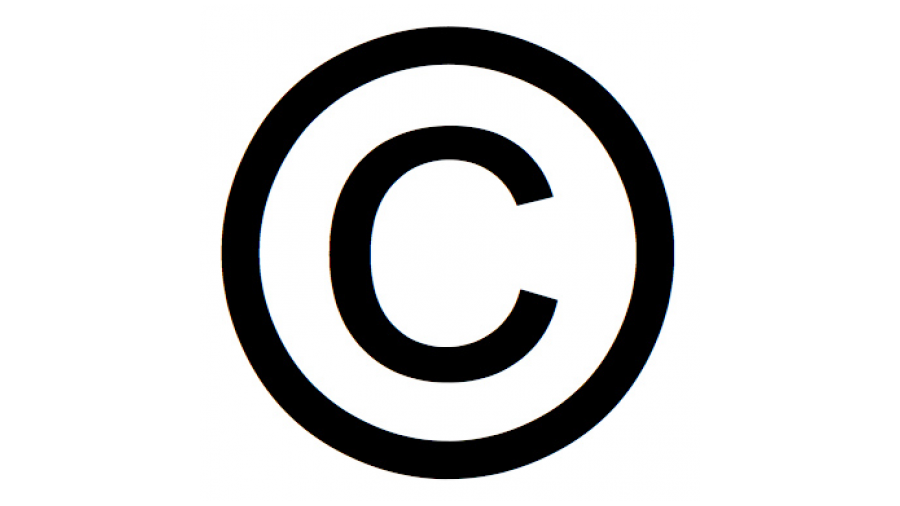Copyright Royalty Funds From Cable Diminish for Third Straight Year
Judges on the Copyright Royalty Board completed their periodic hearings this week in anticipation of their upcoming allocation to program suppliers of the copyright license fees paid by cable and satellite operators.
Just prior to the review, the latest figures (as of March 31) on annual deposits appeared, showing that cable operators paid about $203.5 million in license fees in 2017, down 0.61% from the previous year, which was 5.31% lower than in 2015.
The Copyright Royalty Board determines the distribution of statutory license royalties collected by the U.S. Copyright Office of the Library of Congress.
Overall, fees are down about 15% from the peak in 2014. The start of the diminishing license fees, in part, was attributed to the WGN's shift in 2015 from a Superstation to WGN America, which unlike its predecessor WGN-TV, doesn't carry sports or syndicated programming subject to license payments.
The hearings that concluded this week played out over the course of several months, the first time in nearly a decade that the Board (formerly known as the Copyright Royalty Tribunal) has thoroughly evaluated the allocation process. This year it focused on how operators "value" the programming they carry that is subject to a compulsory license. In particular, they looked at whether the time devoted to a program or the popularity/audience size should affect the value.
The Board also looked at receipts from satellite carriers, which have dropped even more precipitously - a steady decline in year-to-year receipts since 2011:
Multichannel News obtained the latest unaudited data (and hence "not for public release") from a copyright expert who asked for anonymity. About one-third of the license fees represent payment to sports rights holders, the expert said.
The smarter way to stay on top of the multichannel video marketplace. Sign up below.
The Copyright Office also tracks "DART" (Digital Audio Recording Devices and Media) receipts from "parties who manufacture and distribute or import and distribute any digital audio recording devices or media," as established in the 1992 Audio Home Recording Act. Payments in this category, which does not involve streaming media, have also fallen dramatically in recent years: just $4,829.83 last year, off 38.13% from 2016, which was down nearly 95% from 2015. At its peak in 2000, the category generated about $5.3 million in licensing fees, and it has been in steady decline (except for a couple upticks) ever since.
The swings in cable license fees are a legacy of 1976 rules on cable retransmission, which included a provision that cable operators had to pay for at least one distant signal equivalent (DSE).

According to the Copyright Royalty Board's summary, the cable industry has paid about $5.8 billion in license fees in the 40 years since the rules have been in effect. The $1.8 billion paid by the satellite industry since 1988 (when its rules took shape) reflects the fact that satellite regulation did not include a compulsory license to require DBS to carry distant signals.
This week's Copyright Royalty Board proceeding involves payments made by cable companies from 2010 to 2103. Although partial distributions have been made annually, about $355 million from those years has not yet been allocated, which is what the Board is now determining.
Copyright analysts contend that the Board's judges have never established a formula to gauge criteria for allocating funds based on factors such as the amount of airtime or the size of audience for programs subject to the fees.
Since 1978, a continuing argument presented to the arbitration panel has been, "What is the value to cable operators, and how do you show the value of a compulsory license?" Over the 40 year period, the judges have tried to find a way to determine who cable operators "value" the programming, whether it is a long (three-hour) sports event or a highly viewed, but short, syndicated show.
As an example, sports programming occupies only a small percentage of total programming hours, but it generates relatively high viewership.
The Board will dole out funds to several established categories of program suppliers, including movies, sports, commercial TV, religious TV, public broadcasting and Canadian TV suppliers. The Board faces a June 30 deadline for concluding this allocation phase, after which financial distributions will be made.
Contributor Gary Arlen is known for his insights into the convergence of media, telecom, content and technology. Gary was founder/editor/publisher of Interactivity Report, TeleServices Report and other influential newsletters; he was the longtime “curmudgeon” columnist for Multichannel News as well as a regular contributor to AdMap, Washington Technology and Telecommunications Reports. He writes regularly about trends and media/marketing for the Consumer Technology Association's i3 magazine plus several blogs. Gary has taught media-focused courses on the adjunct faculties at George Mason University and American University and has guest-lectured at MIT, Harvard, UCLA, University of Southern California and Northwestern University and at countless media, marketing and technology industry events. As President of Arlen Communications LLC, he has provided analyses about the development of applications and services for entertainment, marketing and e-commerce.

